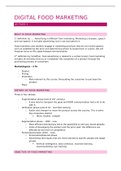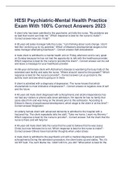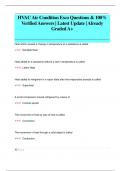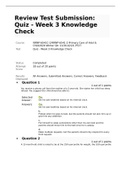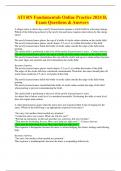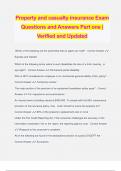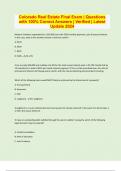Samenvatting
Summary Digital Food Marketing - Lecture Notes (lecturer: Frans Folkvord) Written in '20/'21.
- Instelling
- Tilburg University (UVT)
Lecture Notes for Digital Food Marketing classes in 2020/2021. Still relevant for 2021/2022. Exam grade 9,2 - overall grade 8,5 using this summary + my readings summary. Some of the topics touched upon: - Nudging - Social Marketing - Cialdini's principles - PCMC-Model - DSMM-Model - In...
[Meer zien]
